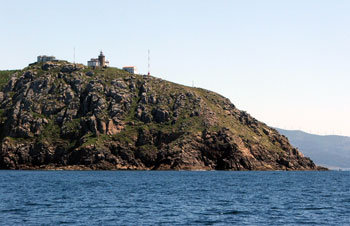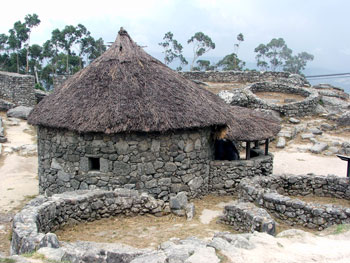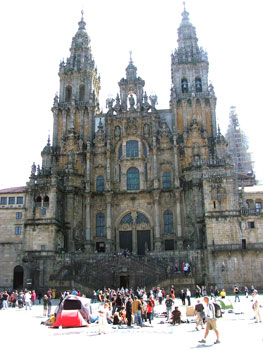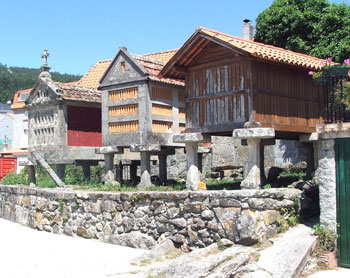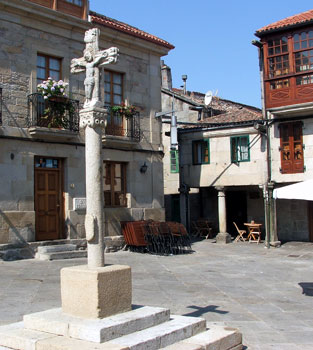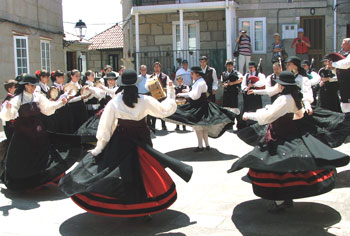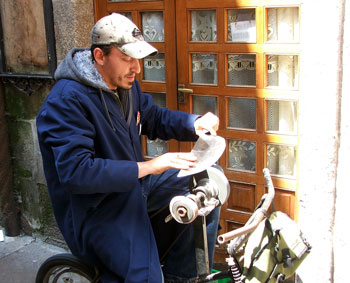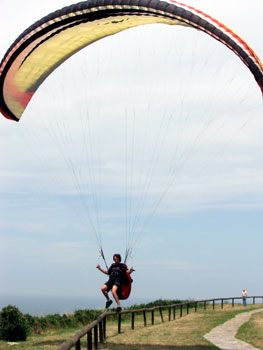 |
 |
 |
Galicia occupies the northwest corner of Spain, hugging the Atlantic, with sandy beaches and sunny days. Unlike most of coastal Spain, the primary economic engine is fishing, not tourism. Octopus, shellfish, and flat fish are on every menu.
For a sailor, Galicia provides great cruising. You don't have to spend too much time in the Atlantic Ocean (there's a reason this area is called the "Costa da Morte" or Death Coast). Instead, you can dart from one ria to another. Rias are river valleys that were submerged when sea levels rose following the Ice Age. For us, we can visit coastal towns and cities sheltered from the winds and seas, and stay in marinas or anchor in protected waters just a dinghy ride from medieval towns.
